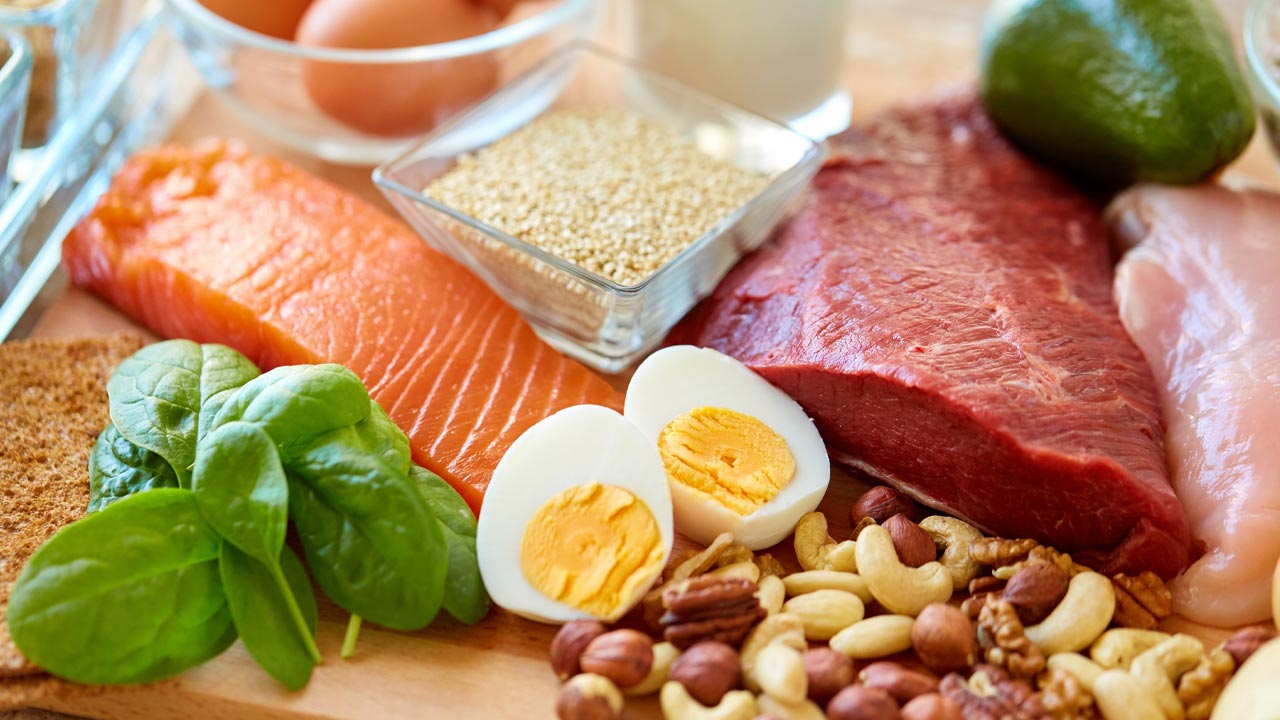5 Most Healthy Proteins According to Dietitians

Hey Angels and Alphas,
In the weight loss world, protein is finally getting the reputation it deserves. It’s now seen as the golden child of all nutrients and has mostly escaped the negative reputations fat and carbohydrates have received in the last few decades.
It’s true – eating enough protein is not only vital to building and repairing muscle tissues, but it’s also crucial to creating the enzymes and hormones that regulate your metabolism. But not all protein is created equal. Quality protein usually has increased bioavailability, meaning your body will absorb and utilize it efficiently. It should contain other important nutrients such as healthy fats, vitamins, antioxidants, fiber, and more.
Quality protein can come from anywhere – both plant and animal sources. Don’t forget – getting a variety of both makes for a well-balanced diet.
Below, we’re going to explore a list of the 5 most healthy protein sources that you should always include in your meal or snack rotation.
#1 EGGS.
Eggs are a superstar when it comes to protein. They contain about 7 grams of high-quality protein per egg and have the highest biological value of pretty much all protein sources. This means the body can metabolize and use this protein efficiently and quickly. Eggs are also an amazing source of carotenoids which are a powerful oxidant, choline which is vital to supporting metabolism and heart health, and last but not least, iron, which helps transport oxygen throughout the body. Not to mention, they’re extremely versatile and can be used in a variety of meals. And finally, they’re also budget-friendly and make for delicious omelets, additions to avocado toast, or just hard-boiled as a quick, on-the-go snack.
#2 CHICKEN.
When it comes to chicken, it seems like buying a whole chicken is one of the most budget-friendly options for those looking to up their protein intake since both dark and white meats contain vital nutrients. Dark meat contains much more zinc and iron, while white meat is higher in vitamin B.
A 4-ounce chicken breast contains up to 36 grams of high-quality protein, and it also happens to be a complete protein, containing all of the nine essential amino acids. Plus, it’s low in saturated fat. If you’re looking for a great meal on a weeknight, sheet pan your chicken alongside your favorite veggies and grains, or use chicken in hearty stews and soups. You can’t go wrong with it!
#3 SALMON.
Not only is salmon one of the richest protein sources with the highest bioavailability, but it also happens to be an excellent source of brain health-boosting and anti-inflammatory omega-3 fatty acids, helping you boost its rank toward the top of the “healthiest proteins” list.
Three ounces of salmon contain up to 16-18 grams of protein, and if you can, aim for wild salmon whenever you can. Wild salmon is naturally higher in minerals such as zinc, iron, and potassium, compared to their farmed options.
You can bake salmon in the oven alongside some veggies, you can add it to your Greek salad, stuff it in some avocados, or use it in sushi. Canned salmon is also an amazing budget-friendly protein option… just remember to check sodium levels.
#4 GREEK YOGURT.
Greek yogurt is strained, so some of the whey that regular yogurt has is removed, and on top of that, it contains about twice the protein (20 grams a cup!) making it one of the best options for people who want to consume more protein on the daily.
Less whey also means less lactose, so Greek yogurt is very well tolerated by people who are lactose intolerant. It’s a great source of BCAAs (branched-chain amino acids), especially leucine, which has a vital role in muscle protein synthesis and reducing the muscle breakdown after exercise. You can enjoy it alongside fruit, add it to your smoothies, or use it instead of mayo in chicken or tuna salad.
#5 LENTILS.
Lentils are essentially a legume that contains more than 20 grams of protein in a single cup. That being said, they are not a complete protein source. This means they do not naturally contain all the nine essential amino acids, which is why they’re not higher up on this list.
But this can easily be fixed – consume your lentils alongside rice or just by eating a varied diet throughout the day, and you’ll provide your body with the missing amino acids it needs. Lentils are a healthy source of plant-based iron, as well as B vitamins, gut-friendly fiber, and zinc. They go well in soups, and they’re a delicious addition to plant-based burgers, tagines, or pasta.





